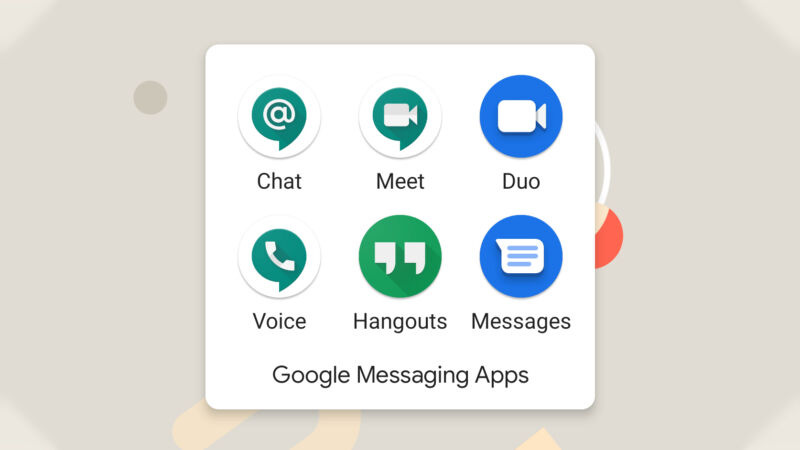Amit Fulay (VP, Microsoft): Product Lessons from Google, Meta, and Microsoft
A candid conversation about Google's confusing messaging strategy, Satya Nadella's superpower, and the ups and downs of PM careers
Level up your product and creator skills in just 5 min a week. Join 50,000+ readers:
Dear subscribers,
Amit Fulay is VP Product for Microsoft Teams and previously spent a decade building products at Meta and Google. I spoke to Amit about:
Lessons from Google and Meta (e.g., why Google fumbled its messaging strategy)
How PMs can build trust with leaders and manage career setbacks
Microsoft’s resurgence and Satya Nadella’s superpower
Amit has built products at three of the most dominant tech companies of our time. He was also incredibly honest with me about his own mistakes and setbacks.
Check out the abridged interview transcript below.
Amit’s path from PM to VP
Welcome Amit! I’d love to start with your time at Google. You spent 7 years there and grew from PM to group PM. What did you learn from that experience?
When I look back on my Google journey, there are a few things that stand out:
High talent bar. I was lucky to work with caring leaders and best in class engineering and design teams. You don’t find that talent in every environment.
Making bets. I worked on 0-1 products instead of established businesses like search and ads. I saw how willing Google was to make big bets like tap and pay commerce, Wallet, and Hangouts.
Being persistent. To ship 0-1 products at a large company like Google, I learned how to navigate the organization and not take no for an answer.
Let’s talk about Google’s messaging products. Google has taken a winding path in their messaging strategy - launching and deprecating multiple products (e.g., Hangouts, Allo, Chat). Why do you think this happened?
I can write a book on this topic because I had a front row seat to some of it. I think we got two things wrong:
We were chasing competitors instead of creating new ways to solve user problems.
We were too focused on solving company problems instead of user problems.
Let me give you two examples:
Hangouts. When we shipped Hangouts back in 2012, it was part of Google Plus. We were too focused on going after Facebook instead of thinking: “What could we be world class at?” As a result, we totally missed the mobile communications trend and the rise of WhatsApp and FaceTime. We couldn’t get the same traction because Hangouts was tied to your Google Account, which wasn’t widely adopted.
Allo and Duo. We built these apps to chase WhatsApp. Unlike Hangouts, you could sign up with your phone number even if you didn’t have a Google account. But people already had WhatsApp and we didn’t offer anything truly unique. In fact, Allo and Duo were more of a hedge in case Android native messaging (which had carrier dependencies) didn’t work out.
I see similar patterns with Google’s messaging strategy today. For example, Google is bringing Meet and Duo together in Workspace. That may be a great idea, but it’s also chasing the success of Zoom and Microsoft Teams.
Chasing competitors blindly doesn’t work. You have to define a few key areas where you’ll solve a user’s problem better than anyone else.
At Meta, you led News Feed, which is certainly not a 0-1 product. What did you learn from that experience?




